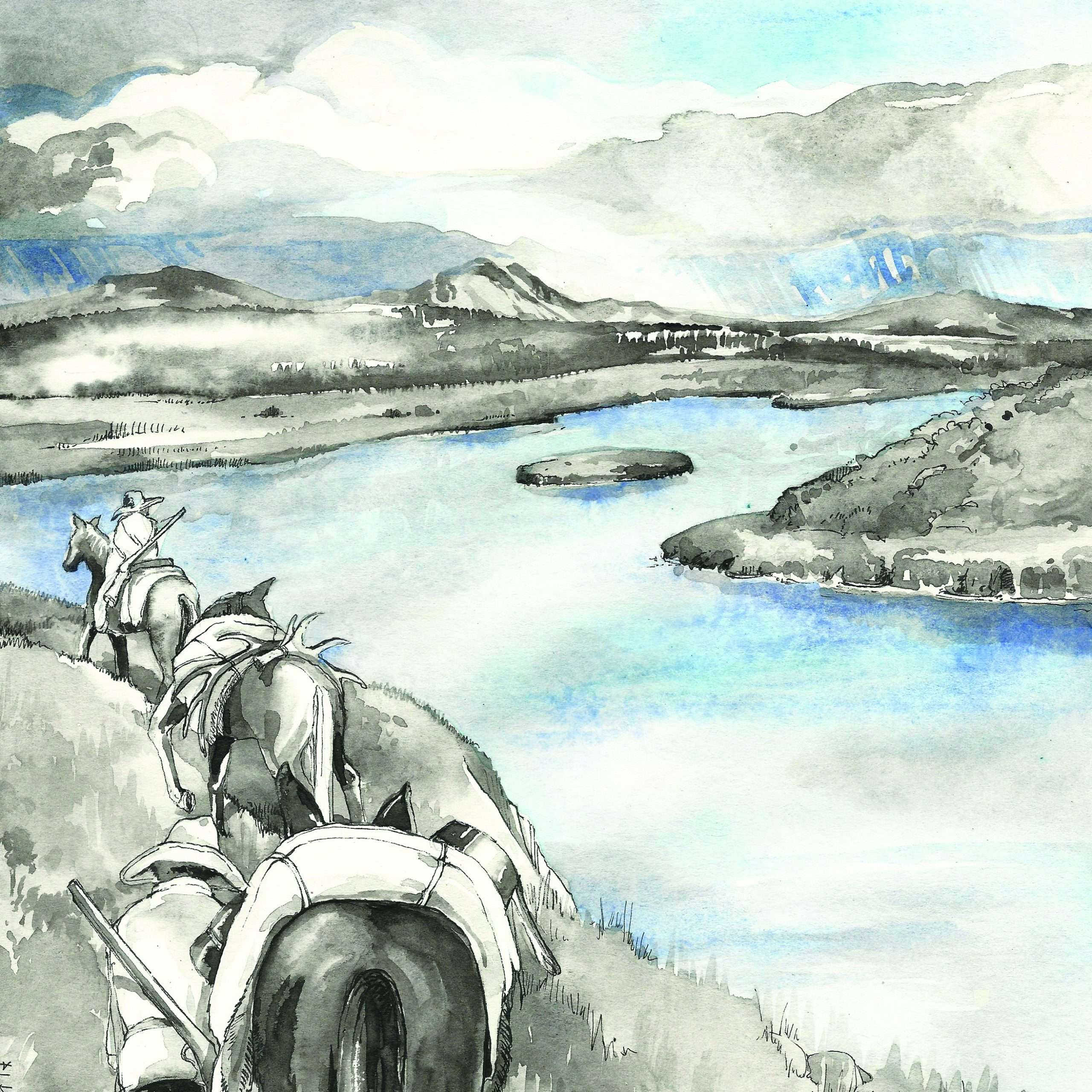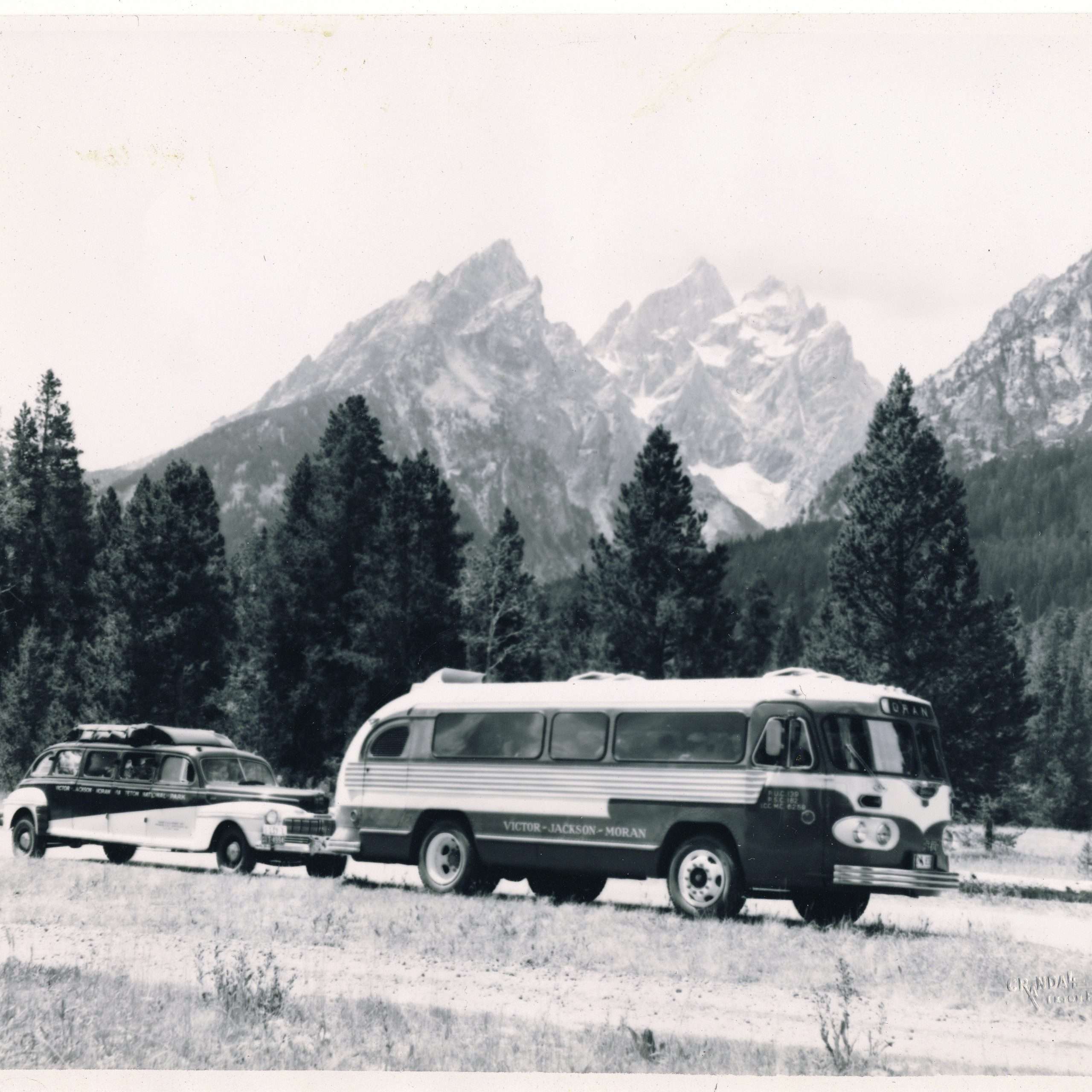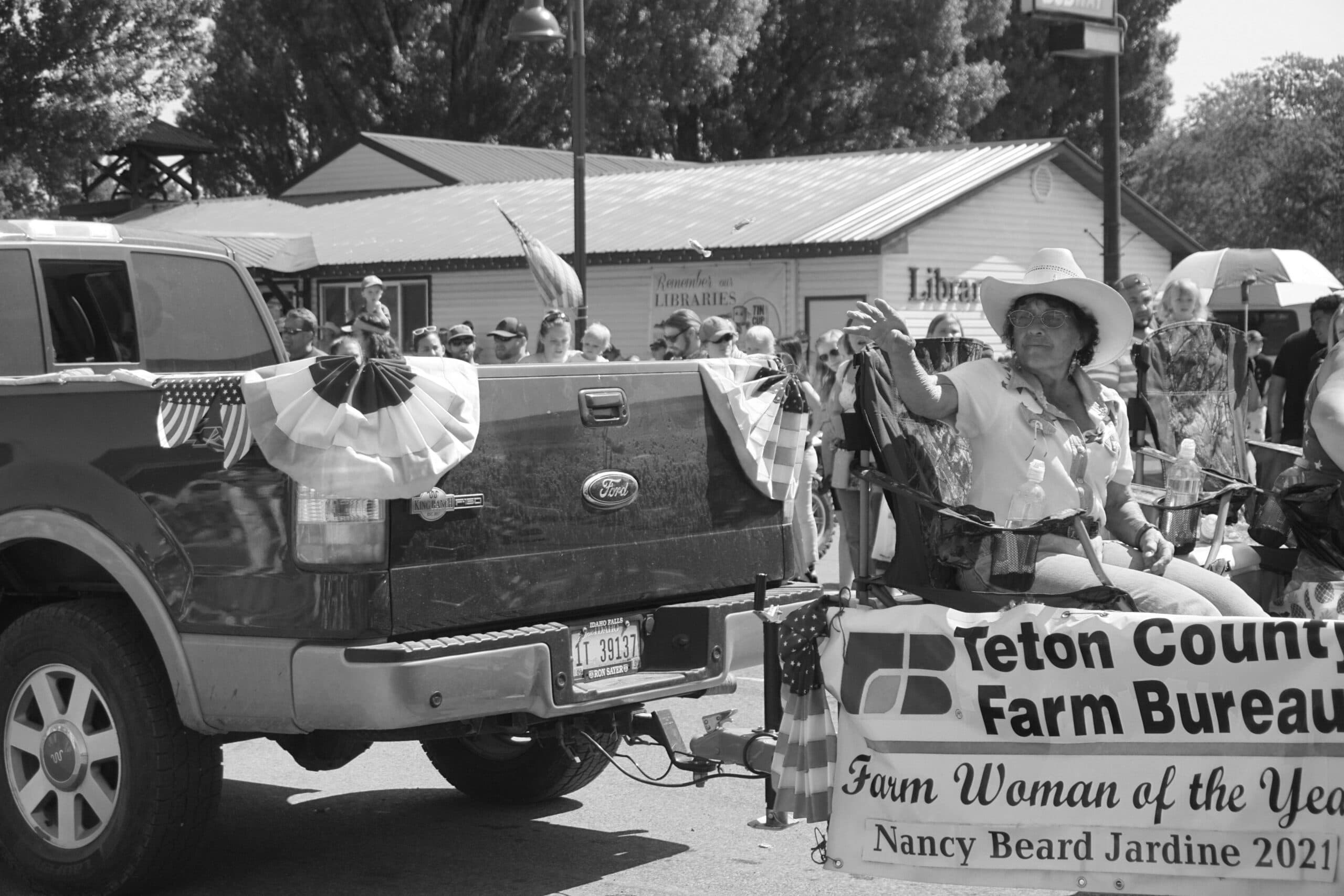The Man Behind the River

On an early summer’s day in 1810, a group of sixty-some men hiked up and over the Continental Divide at Raynolds Pass on the present Montana-Idaho border. A broad valley revealing a lake and a sizable river spread out before them, full of unexplored promise—and, the men hoped, far away from the Blackfeet.
Previously they had built a small trading fort in the Three Forks area, near the confluence of the Madison, Jefferson, and Gallatin rivers, having pushed into little-known territory in search of beaver pelts. It had not gone well. From the time the men arrived, it was abundantly clear that they were not welcome by tribes of the Blackfeet Confederacy, who had long used the area as a hunting ground. Increasingly, men returned to the fort after a day of trapping in the hinterlands with disturbing tales of near-death encounters at the hands of natives. Some men never returned at all, their mutilated bodies discovered days later by co-workers. The trappers knew this couldn’t continue; that the wholesale decimation of the small fort was not an unlikely outcome.
After just a few months at Three Forks, the decision was made to move on. Approximately half of the men returned to the East, wanting nothing more to do with the wild region, while the other half continued west in the quest for new trapping grounds.
The man left in charge of the remaining expedition members was Andrew Henry. Born in Pennsylvania in 1775, Henry was an enterprising young man who, in his early twenties, moved to Missouri to work in the lead-mining industry. Within a few short years, he had saved enough money to purchase a share of the mine he worked for. By 1809, Henry was a moderately successful businessman with the resources to partner in the founding of the Missouri Fur Company with Manuel Lisa; Reuben Lewis, brother of Meriwether Lewis; and William Clark, co-captain of the Lewis and Clark expedition.
Henry had led the company’s first expedition up the Missouri River into territory explored by Lewis and Clark only a few years earlier. The group wintered at a trading fort Lisa had established near the confluence of the Yellowstone and Bighorn rivers. The following spring, Henry and a team of others, led by John Colter, pushed farther west, establishing the small outpost at Three Forks in early 1810.
The deprivations piled up, culminating in an attack that left five trappers dead, and horses, food, ammunition, and furs captured by the Blackfeet. Although discouraged, Henry was still determined to make the endeavor a success. After abandoning the fort at Three Forks, and while searching for a new place to establish operations, hostile encounters with the natives continued. Blackfeet persisted in harassing the men, and Crow Indians stole horses and supplies as the party journeyed onward. Distant from any possibility of resupply, these encounters were grim reminders to the party members of the uncertainty of their enterprise; of just how far “out there” they were.
The men worked their way along, trapping as they went, looking for a suitable place to overwinter. In the fall of 1810, construction of a new outpost began on the banks of what would come to be known as “Henry’s River,” near the present town of St. Anthony. Consisting of a few makeshift huts, it may have been generous to refer to it as a “fort,” though it undoubtedly offered welcome refuge as a particularly brutal winter approached. “Fort Henry” was christened, named after the expedition’s leader, and the men settled in for a tough season of trapping and simply surviving in the first fur-trading post established west of the Continental Divide.
The search for pelts cast the group far and wide, into the upper Fall River drainage and into Teton Valley. As the winter wore on, accounts tell of morale deteriorating and tempers flaring. Food was scarce, and the men turned to eating their horses. Fort Henry was abandoned in the spring of 1811. Its namesake returned to Missouri, exhausted from the rigors of his adventures in the Rockies.
Henry subsequently attained the rank of major during the War of 1812, and returned to mining when the war was over. Tempted back by the burgeoning fur trade, in 1822 he returned to the West as co-founder of what would become known as the Rocky Mountain Fur Company. Once again, Major Henry led a group of trappers to the mouth of the Yellowstone and to the establishment of another new trading fort, also named Fort Henry.
By 1824, after a profitable season and nearing fifty years of age, Henry retired for good to his Missouri farm, where he passed away in 1832. Famous among fly fishers worldwide, the Henry’s Fork still bears his name—a legacy borne of hard-won experiences two centuries ago in a rugged land known as the Oregon Country, far from what was then the United States of America.




